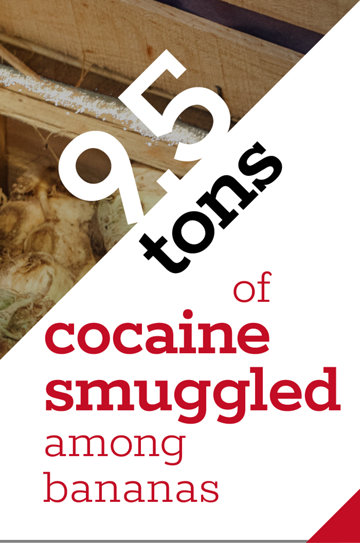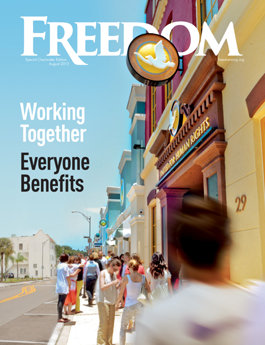Drug traffickers’ latest allies are … salad veggies: cucumbers, celery and avocados—plus a liberal dash of spicy flavor, courtesy of jalapeños, onions, garlic and ginger, rounded out with cheese.
The drugs are stuffed between or under innocent-looking shipments in crates labeled “Perishable—Vegetables,” then unloaded and trafficked to Europe, the UK, the US and beyond.
“It’s very common to smuggle drugs by concealing them in produce shipments.”
The latest was a shipment of cucumbers intercepted in Gainesville, Georgia, on June 30. There, hidden beside and around the cylindrical produce, 700 pounds of meth lurked.
One reason smugglers opt to black market via garden fixings is that raw veggies and like items spoil so quickly that customs officials tend to rush their inspections, thereby missing the hidden contraband. Price is another advantage to the trafficker. Because fruits and vegetables are so inexpensive compared to the value of illicit goods, the drugs essentially hitch a free ride. An entire shipment of bananas, for example, costs just slightly over half the price of a kilogram of cocaine—enough to provide as many as 10,000 “hits” of the drug.
That’s why, from bananas to celery, smugglers have turned the produce aisle into a narcotics distribution network:
- March 2025: In Santa Marta, Colombia, traffickers spiked an avocado shipment with 1.7 tons of cocaine.
- February 2025: In Pharr, Texas, it was jalapeños and cucumbers concealing $20 million in meth and heroin.
- December 2024: In the Dominican Republic, bananas cradled 9.5 tons of cocaine—the country’s largest drug bust on record.
- August 2024: In Otay Mesa, California, celery stalks flanked 629 pounds of meth.
- July 2023: In Presidio, Texas, cheese was the accomplice, where 18 pounds of cocaine were wedged into a truck’s shipment of the moldy dairy. An X-ray spotted the extra “seasoning.”
And if you thought this was just a New World problem, think again. From 2016 to 2018, a UK-based smuggling ring funneled nearly £7 billion in heroin, cocaine and cannabis into Britain using onions, garlic and ginger. “It’s very common to smuggle drugs by concealing them in produce shipments,” said Mike LaSusa, a deputy director at InSight Crime, a think tank focused on drug cartels.

So common in fact that authorities have begun bypassing the middleman altogether and are going directly after fruit shipping companies they suspect of being trafficking fronts.
So common that USA Today undertook a review of drug trafficking cases to catalog just what salad components are used in hiding which substances, and how often.
So common, too, that even the culinary monthly Food & Wine has taken to reporting the menu options chosen by traffickers to conceal their illicit cargo. Italian smugglers, for example, are said to prefer the Grana Padano and Parmigiano Reggiano brands of cheese. (The former is known for its grainy texture and rich, nutty taste. The latter is similar but has a more robust flavor and is aged for a longer period.)
One wonders if perhaps, by resorting to forcing innocent garden foods and toppings into a life of crime, traffickers are signaling a growing desperation in the face of a worldwide crackdown on their way of life. We hope that is the case.
Either way, make sure that the next time you sample the appetizers, the only thing you OD on is the ranch.






















